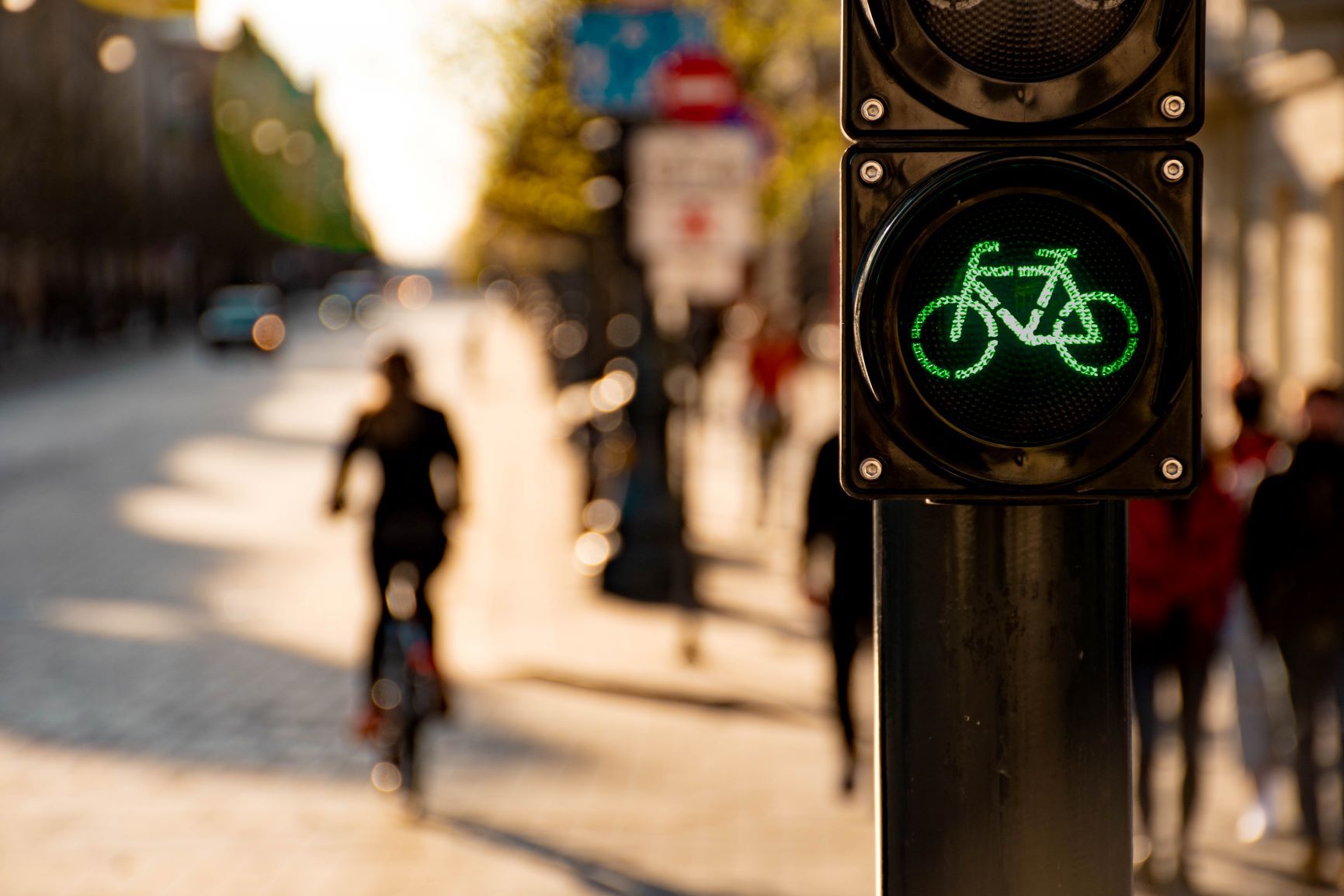What is the transport mode shift?
The main transport focus of cities has long been on prioritising the flow of cars; however, this might not be the best strategy to improve mobility. In recent years, people’s desire to use smart and affordable mobility solutions has become more and more clear. At the same time, decision makers wish to create a better traffic situation with increased mobility as well as reaching their environmental goals.
Cities might be better off focusing on mobility strategies that revolve around the movement of people with sustainable and environmentally friendly modes of transportation. Partially shifting private vehicles to other transport modes like cycling, public- and shared transport has several benefits like improving public health and is an essential step towards reducing greenhouse emissions and air pollution. This can also be economically beneficial as traffic congestion holds back our economy through lost time and productivity.
This shift in how people get around is known as the Transport Mode Shift and is something cities need to be aware of when developing their traffic strategies. The goal should be to drive this transition away from our over-reliance on private vehicles in favor of a combination of several different transport options as a part of a holistic traffic management strategy.
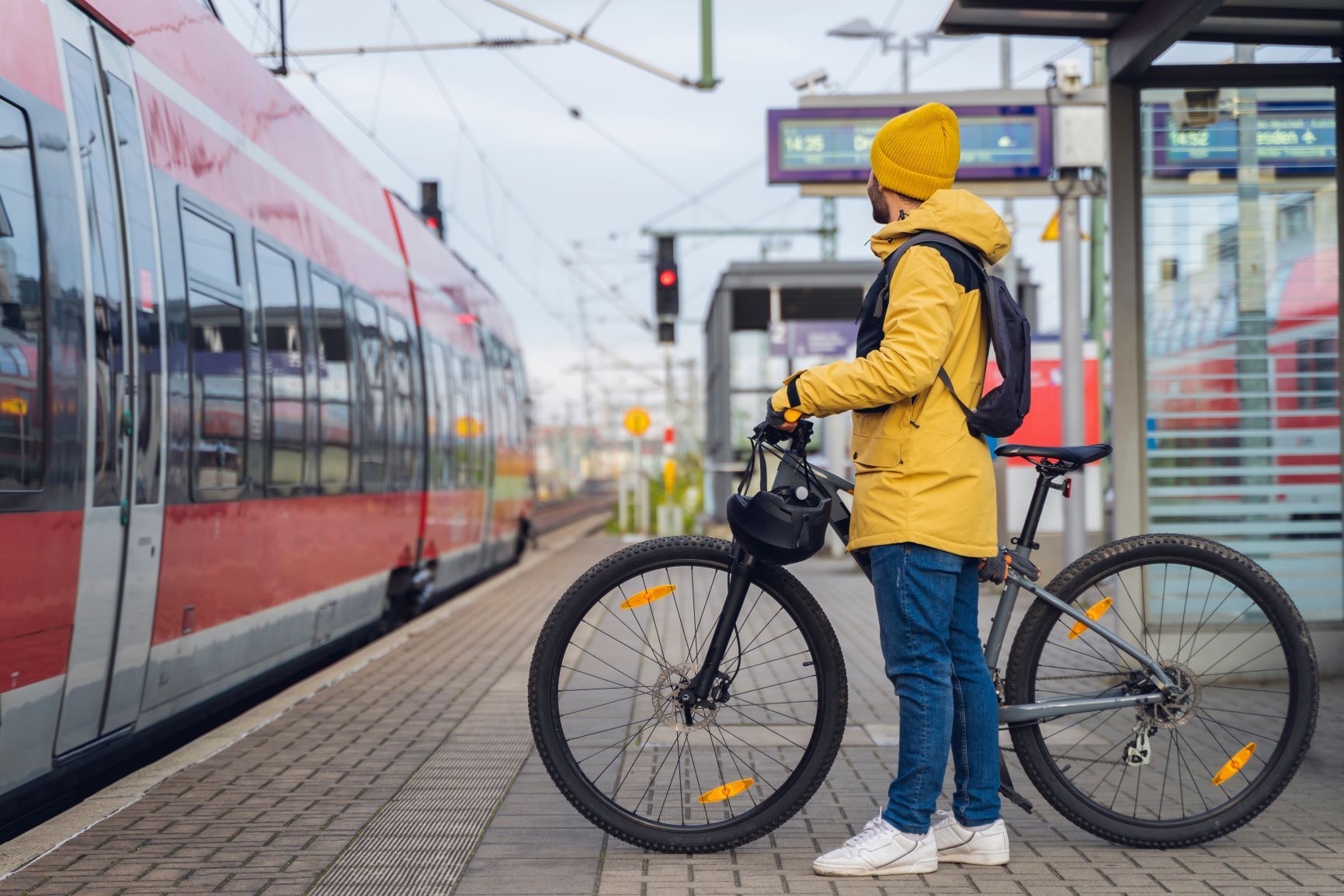
Understand your traffic
Before these strategies can be implemented, cities need to understand their traffic by collecting data, measuring the traffic, and analyzing the current traffic situation. An example of this is to measure the number of people that are traveling by different modes of transport and analyze if other forms of transportation could be more effective. Another example is counting the percentage of individual trips in order to measure the most efficient way to transport as many people as possible. Then set realistic and ambitious goals that help drive the transport mode shift.
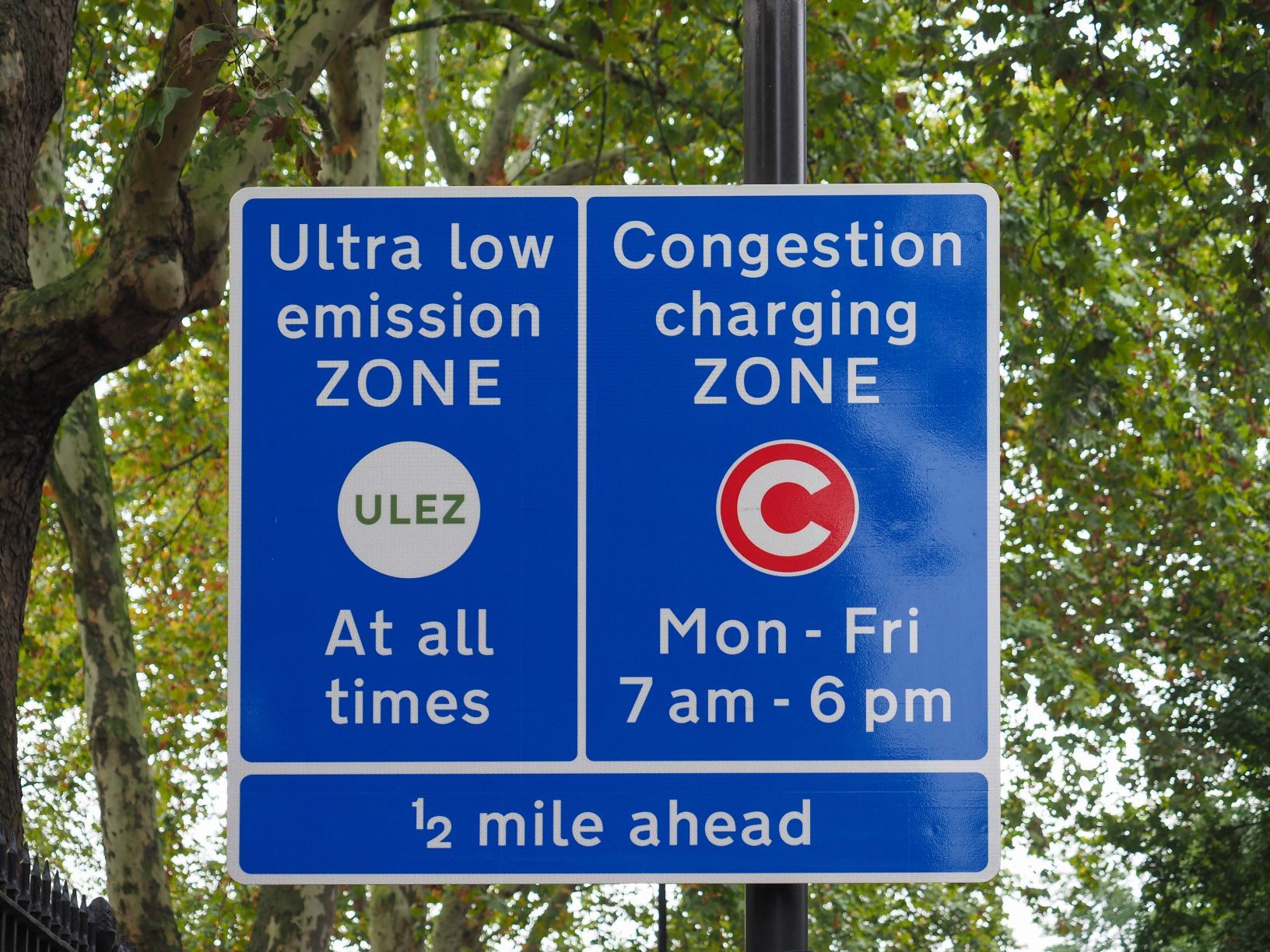
Drive the transport mode shift
One way to help drive the transport mode shift is to create disincentives for cars in certain areas in the city that are especially vulnerable to heavy congestion or where traffic emissions are particularly high. An effective way of doing this is steering traffic away from these areas with the use of a traffic management system and creating so-called “low emission zones”.
Another way to drive the modal shift is to provide convenient, efficient, affordable, and appealing alternatives. Cities should look to invest in and prioritize alternative forms of transport infrastructure and ensure multi-modal network connectivity. The best way of doing that is to pursue a combination of several different transport options that best suits the city.
Alternative forms of mobility
Providing micro-mobility solutions is an effective way of driving the modal shift of transport. For instance, cycling is a great alternative mode of transportation for many cities because it comes with added health benefits as well as being a close to zero-emission transport option. Cities should try to make cycling more attractive by focusing on making it safer and more convenient. Using traffic management systems to prioritize cyclists at traffic lights (also known as the Green Wave) is one of many great incentives. Making smart changes in infrastructure, such as reusing car lanes as bike lanes can help make cyclists feel safer on the roads, leading to more people choosing to travel by bike.
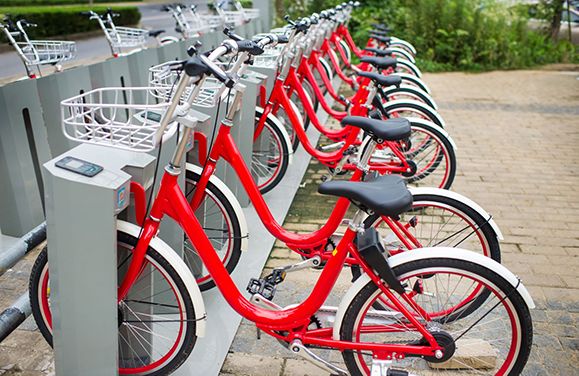
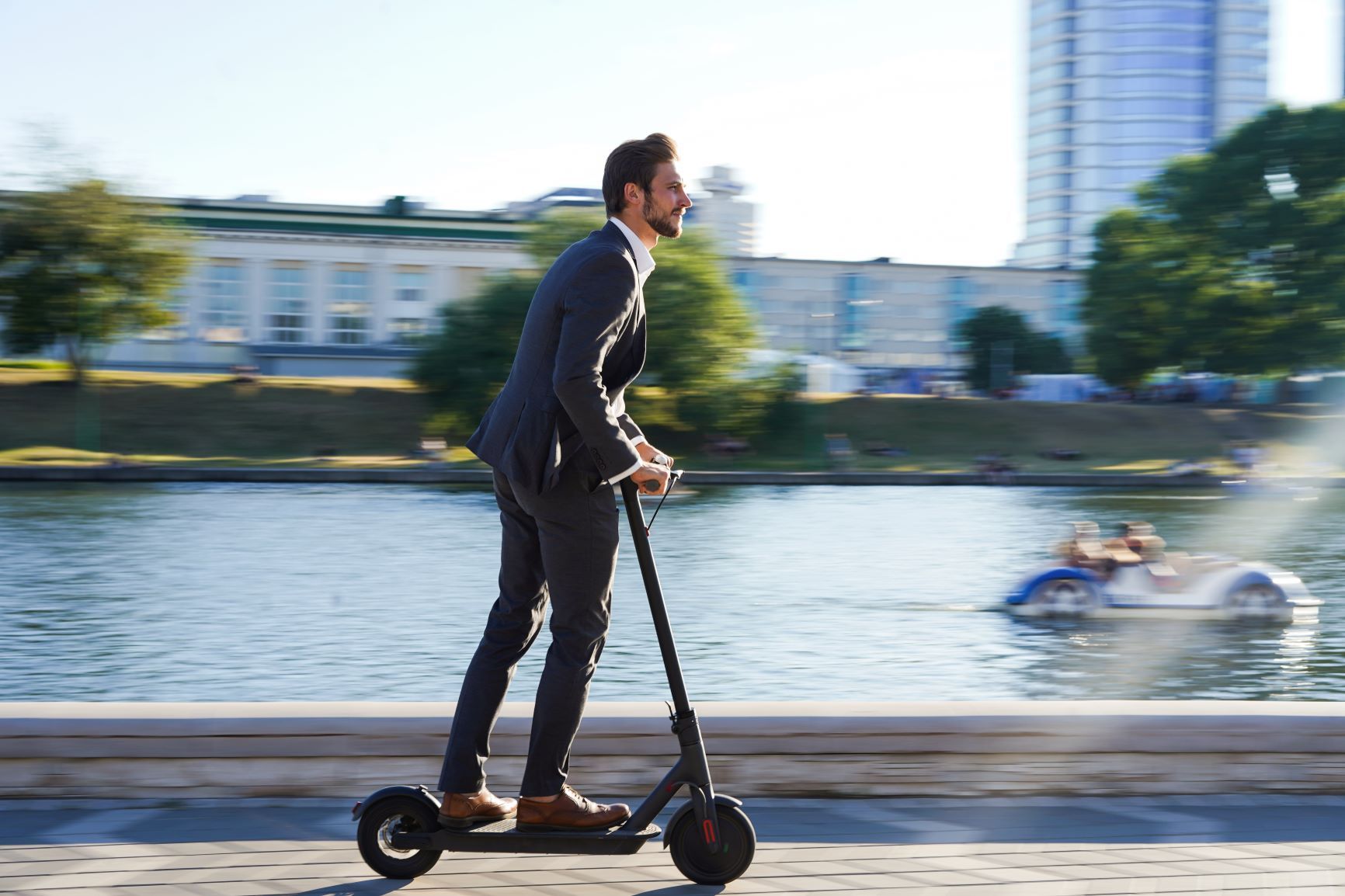
In recent years, further alternative forms of micro-mobility solutions have been introduced in the form of MaaS (Mobility as a Service). Examples of this are privately-operated electric stand-up scooters or e-scooters which are increasingly found in cities all over the world as a form of shared urban transport. The e-scooter market and indeed the entire concept of MaaS is projected to continue to grow as a part of the transport mode shift. This is something that cities need to keep in mind in their traffic management strategies.
Public transport is one of the most efficient ways to improve the mobility of people and is also essential for any city’s emission reduction goals. A high-quality public transport system is reliable, fast, and accessible. Cities can benefit from implementing modern technology and software that makes it easier for transit planners to use traffic data to make public transport as efficient as possible. If the city’s main public transport is buses or trollies, reusing car lanes for public transport can be a quick, low-cost, and easily implemented solution, but should also be paired with a more long-term oriented and holistic traffic plan.

React and Adapt
The transport mode shift is a fascinating phenomenon that is driven by a simultaneous push and pull between decision-makers and citizens. The shift is already happening around us and the traffic sector must react and adapt its traffic management strategies accordingly. Through analyzing the current traffic situation as well as needs and requirements, cities can implement quick and easy short-term actions AND long-term, holistic traffic planning around the modal shift.
